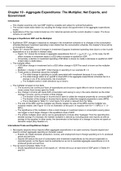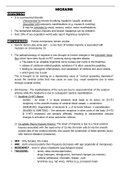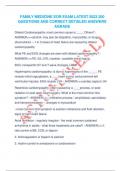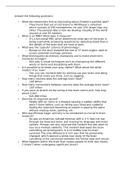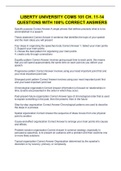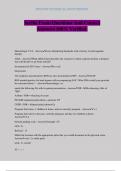Summary
Summary Aggregate Expenditures: The Multiplier, Net Exports, and Government
- Course
- Institution
-This chapter examines why real GDP might be unstable and subject to cyclical fluctuations. -The revised model adds realism by including the foreign sector and government in the aggregate expenditures model. -Applications of the new model include two U.S. historical periods and the current situat...
[Show more]
